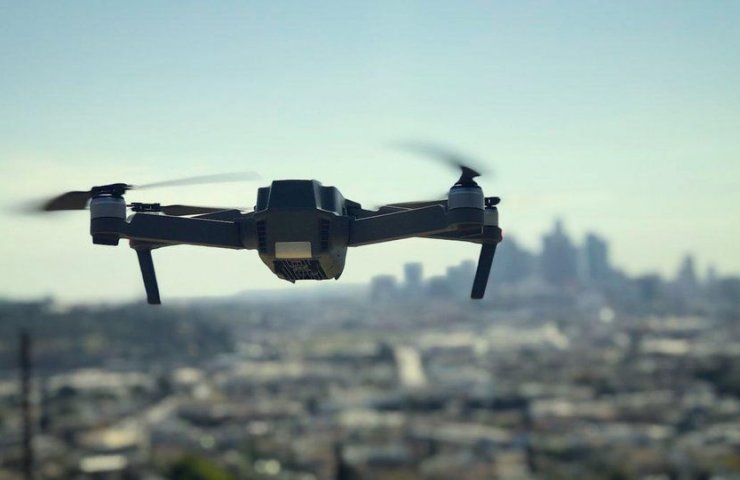The FAA, the US Federal Aviation Administration, said on Friday that it had approved the first drone flight "out of sight of the operator," or BVLOS technology, which opens up tremendous opportunities for the drone industry and expands the commercial applications of BVLOS drones. such as delivery of parcels, inspection of railway tracks and pipelines, power lines etc.
Currently, unmanned flight without operator supervision in the United States is prohibited by FAA Federal Aviation Regulations, drones must constantly be in the operator's visual observation area in order to identify and avoid obstacles in a timely manner. In addition, drone flights require special permission to fly over people.
The drone flight over the oil pipeline, successfully completed this week by the University of Alaska at Fairbanks, was part of a joint program with the FAA to test flying BVLOS devices, that is, flights in which drones automatically solve tasks that have been performed manually by the operator so far.
These flights can be over two miles (approximately 3 kilometers) depending on the visibility and size of the drone.
Amazon, which has been using drones for UK shipments since 2016, said in June that it would begin similar activities in the United States “in a few months”.
Katie Cahill, director of the university's drone program, said BVLOS flights are especially important in Alaska because the lack of roads in remote areas makes it difficult to complete many vital tasks.





